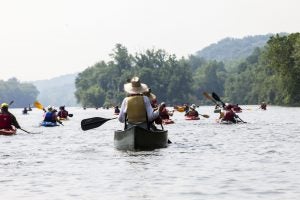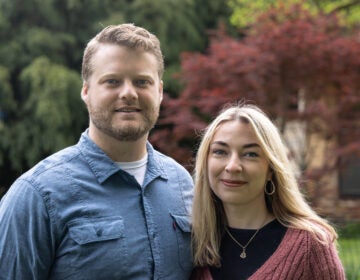Lots of red tape for building waterfront projects in Pa., but it could be worse
Pennsylvania cities are investing in their waterfronts, improving public access and hoping economic benefits will follow. But getting there is complicated.
Listen-
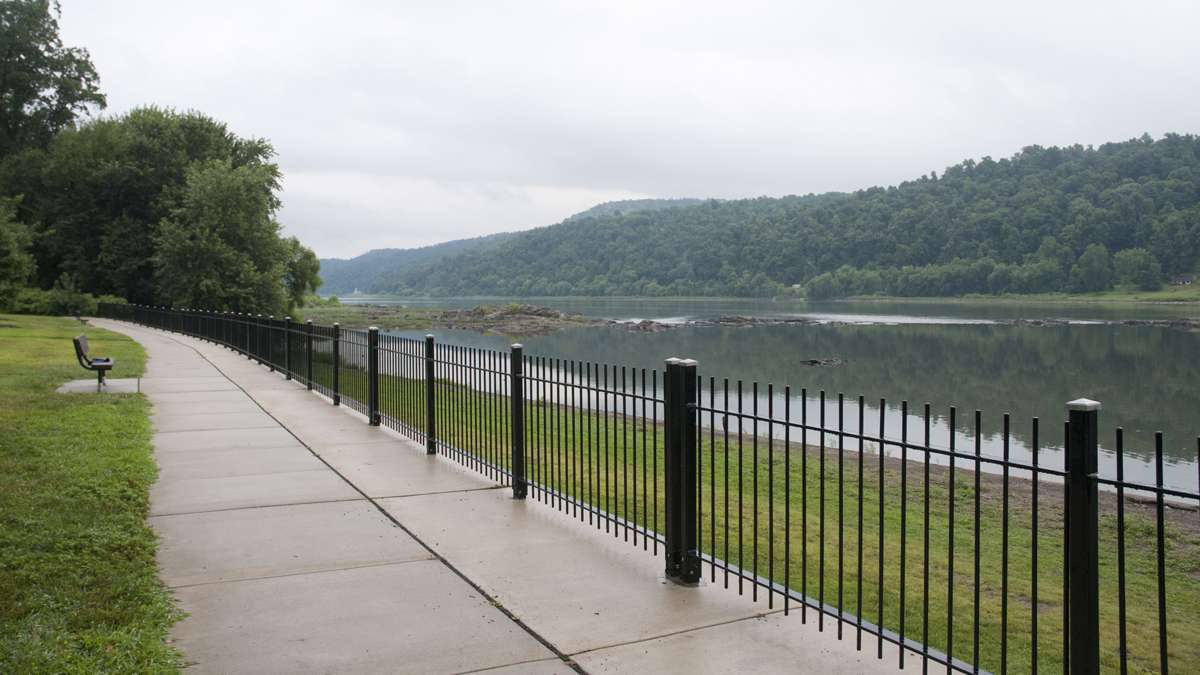
-
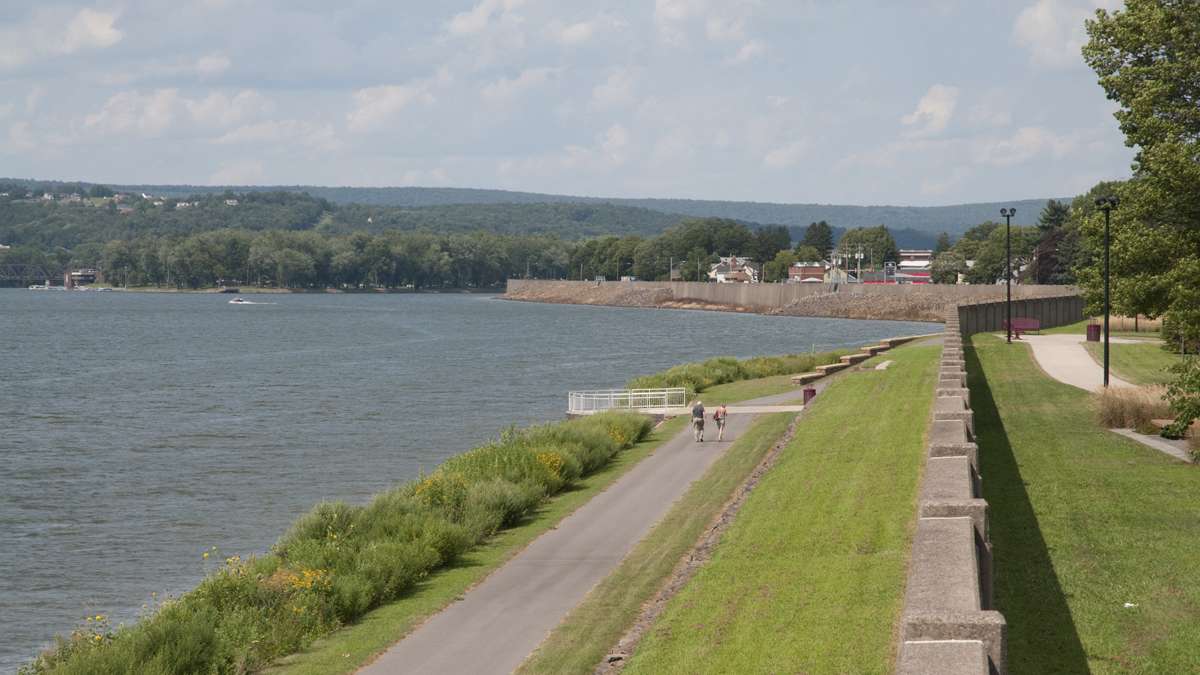
Pedestrian paths run along both sides of the flood wall in Sunbury. (Diana Robinson/WITF)
-
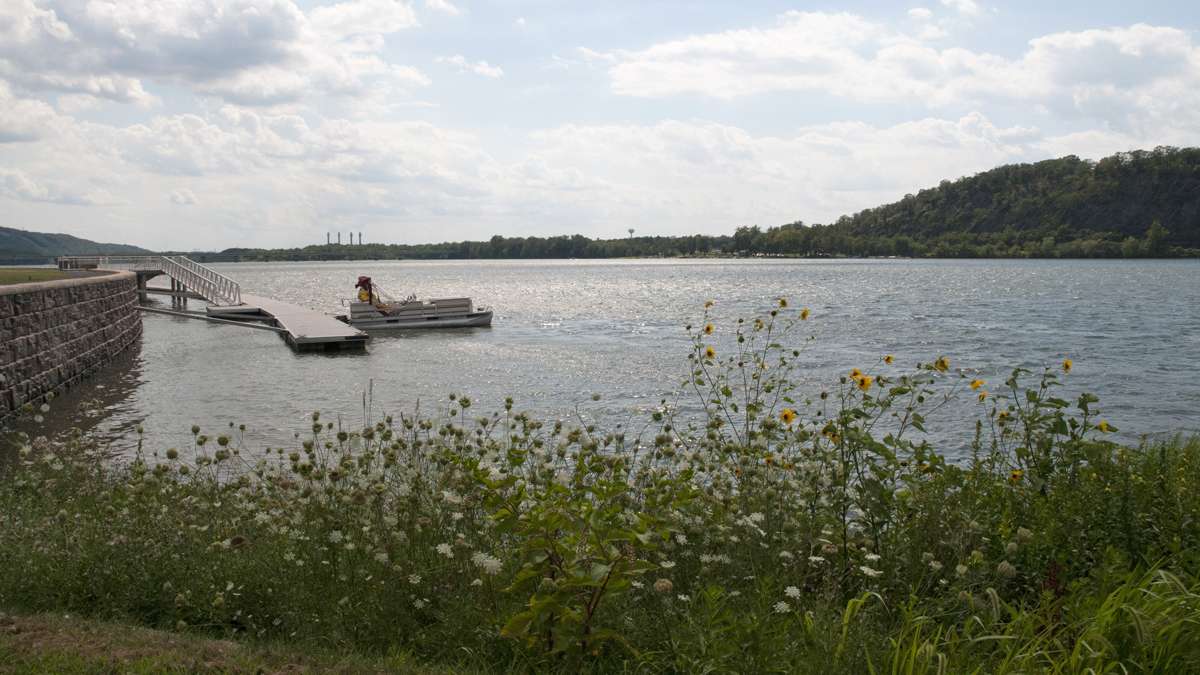
Native plants grow along the Susquehanna River in Sunbury. (Diana Robinson/WITF)
-
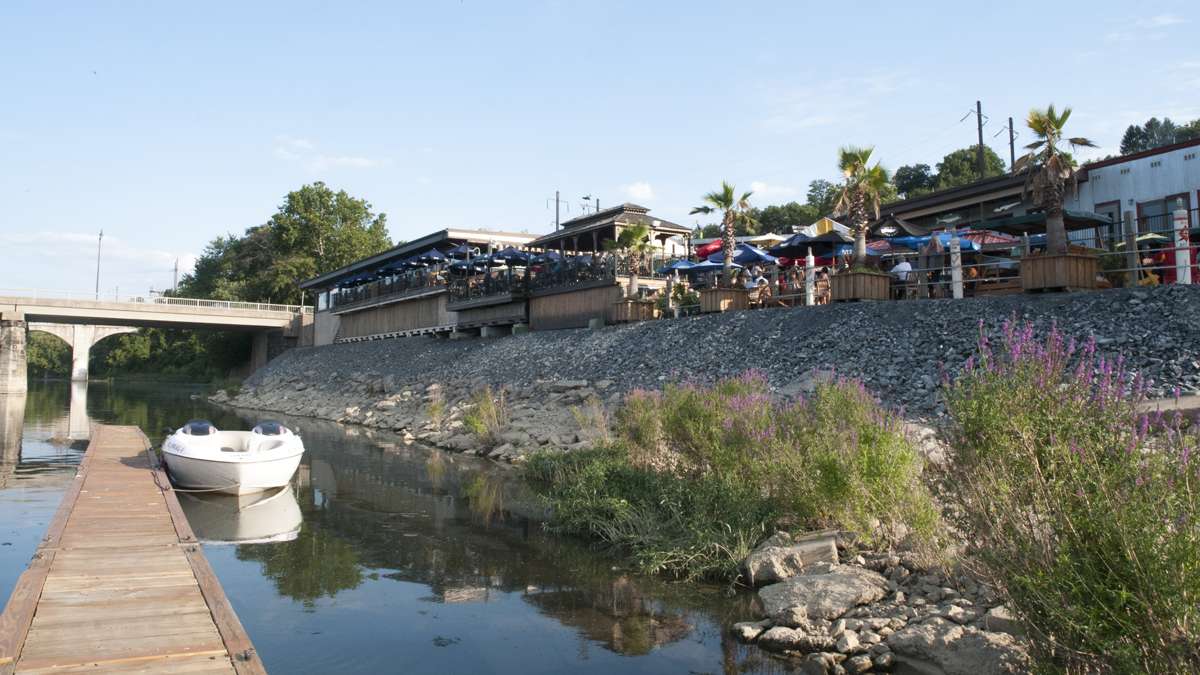
In addition to parking lots, waterfront restaurants in Wormleysburg provide dock space on the Susquehanna River for patrons arriving by boat. (Diana Robinson/WITF)
-
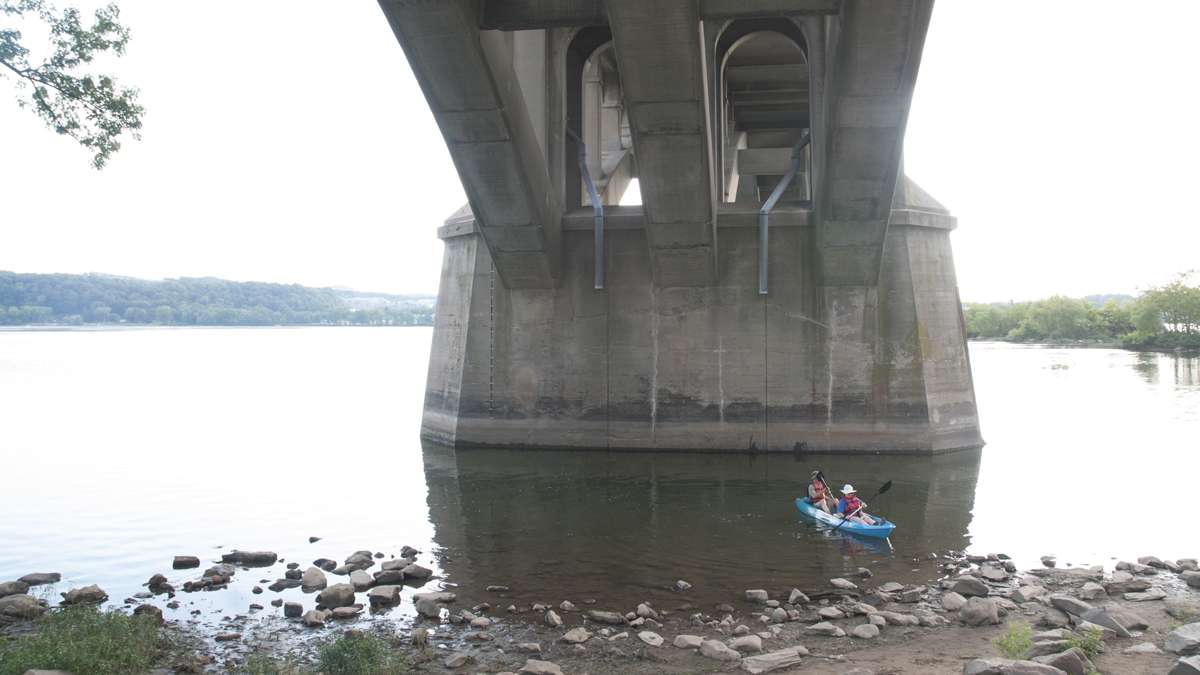
Columbia's boat launch site includes picnic space and canoe rentals. (Diana Robinson/WITF)
Antonia Hinnencamp and a few friends are about to start a bike ride on the Northwest Lancaster County River Trail. The 6.5-mile paved stretch opened last spring, and Hinnencamp says she’s done it twice since then. She says it’s well worth the 20-minute trip from her hometown in Lancaster for such an ideal setting: flat, shaded, closed to pedestrians.
“I have a friend who comes every morning,” Hinnencamp says. “She rides it very morning, from Lancaster, she drives in. There’s no cars. It’s lovely.”
Hinnencamp’s bike ride begins in Marietta, about half an hour from the state capital in Harrisburg. She’ll turn around in Bainbridge. The trail ends there now, but will ultimately run 14 miles along the Susquehanna River.
Project coordinators say the project will be complete by the end of the year — about two decades after they started working on it. Hinnencamp and others using the trail that night guessed a shorter timeline: a couple of years, 10 at the most.
One thing is clear: when a waterfront is involved in the development, it means more regulators, complexity, money and time. Even for low-impact projects.
Quicker in the Commonwealth
In recent years, thousands of miles of pathways have been created or improved across the Commonwealth. In addition to the Lancaster river trail, they include riverwalk projects in Lock Haven, Sunbury and Wilkes-Barre. Each has taken at least a decade to complete.
It took five years just to get to the permitting stage of the Mon Wharf Switchback Ramp project in Pittsburgh, according to Jay Sukernek, acting director of the nonprofit Riverlife.
“I tell people all the time it’s like an alphabet soup of permitting,” he says. “We are building a ramp next to a river, underneath a historic bridge, in a floodplain, next to a highway, over a trunkline. All of those have different permitting (requirements). And we haven’t even gotten into DEP, or Coast Guard, or navigational issues.”
The Army Corps of Engineers also is involved.
Pennsylvania’s Department of Environmental Protection handles nearly 85 percent of permits on behalf of the Corps for development that doesn’t occur near on of its civil works projects (such as floodwalls in Wilkes-Barre, Lock Haven and Sunbury). Not all states do that, so comparatively, Pennsylvania’s process is relatively streamlined.
Same goes for the Commonwealth’s pollution remediation standards, according to New York University Schack School of Real Estate Professor Barry Hersh. They’re more flexible, he says.
“Pennsylvania, very early on, 15 years ago, realized that redeveloping former industrial sites — many waterfronts — was particularly important to the state,” Hersh says. “They adopted brownfields legislation, and modified it several times to try to make it more effective.”
Hersh is referring to the brownfields program aimed at making it more cost effective for developers to handle legacy contamination. It’s a federal program, but states have latitude for in setting cleanup benchmarks.
One of the first project permitting steps is also easier in Pennsylvania than some other states. At the start of a project, builders must document how they’ll handle threatened or endangered species living on the site they want to develop. Pennsylvania’s Natural Diversity Inventory makes information about what’s living on sites accessible online.
The database costs $1.5 million a year to maintain, according to state Department of Conservation and Natural Resources spokesman Terry Brady. The National Park Service says it saves months of work for these kinds of projects.
Another time saver: wetlands regulations. They aren’t much different in Pennsylvania from other Mid-Atlantic states, but tend to be stricter out West or in Great Lakes regions. Still, developing on waterfront is relatively expensive anywhere, according to the Association of State Wetlands Managers Executive Director Jeanne Christie.
State Sen. Randy Vulakovich, R-Allegheny, has introduced bills during the last two legislative sessions aimed at offseting some of these related costs, extended timelines and other complications – so long as developers maintain public access to the water and give money to established nonprofit waterfront development organizations (like Riverlife, which supports the proposal).
Developers can build on wetlands in certain scenarios, but typically have to pay into a mitigation fund, or to preserve or create wetlands elsewhere, according to Lancaster County Master Planner Mike Domin. He says the onset of these rules in the 80s had a bigger impact than anything else he can recall in his 30-year career.
Others pointed to the Clean Water Act in 1972, before which many companies and government agencies basically used public bodies of water as sewers.
Complications in the Commonwealth
Contamination wasn’t a factor in the projects mentioned above. But as Hersh said, in many cases polluted land borders rivers in Pennsylvania. The steel, coal and iron industries preferred their plants near railroads lines, and many run along rivers because the terrain is flattest there.
Owner-operator Norfolk-Southern still hasn’t given permission for a planned section of the Northwest Lancaster River Trail to cross one of its active lines in Columbia. That will entail signage, which is regulated by PennDOT.
Domin says PennDOT already has been involved with the project, tweaking an overpass also in Columbia.
That’s one of five municipalities the trail passes through, each with its own public boards and elected officials that must sign off.
Lititz-based LandStudies Principal Mark Gutshall says project coordination is exacerbated in Pennsylvania by it having 2,500-plus municipalities — more than any other state except Illinois.
But it’s worth noting that officials, at all levels, are forced to collaborate in the interest of making the most of a river that doesn’t recognize dividing lines between communities.
Editor’s note: this story was updated to correct Jay Sukernek’s title.
WHYY is your source for fact-based, in-depth journalism and information. As a nonprofit organization, we rely on financial support from readers like you. Please give today.




